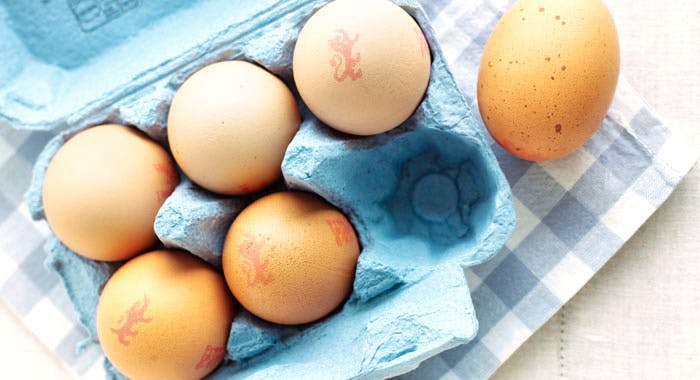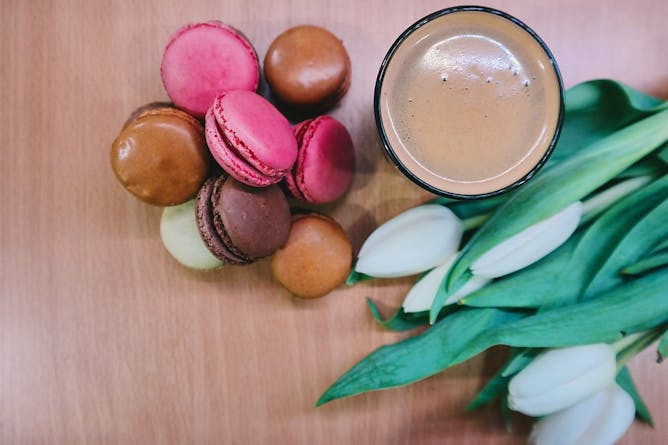How to Make Macarons
The closest thing to the taste of perfection is the taste of macarons. There really is nothing like the light and airy taste of a macaron to transport you to your own personal heaven.
Want to try your hand at baking some for yourself, then? We’re here to offer some tips for making flawless macarons on your own.
Read on…
The Basic Recipe
To get perfectly chewy macarons like those in any French bakery, you need only a few ingredients, including almond flour, egg whites, sugar, food colouring paste and, for the filling, cream or jam. This simple recipe here uses only four ingredients.

Though the ingredients aren’t many, it’s the method of preparation that stumps many an aspiring home baker. Beating your macaron meringue sounds simple in theory, but beat your egg whites for too long, and your macarons (or macaroons, as they’re sometimes known) will break apart. Don’t beat them long enough, and your batter might be too runny.
To avoid these common macaron baking problems and more, here are a few tips to consider.
Use Food Colouring Paste
While liquid food colouring is just fine for any other baking recipe, macarons are delicate and finicky. Put the wrong thing into your macaron batter, and you risk messing up the composition of the mixture. The water in liquid-based food colouring will react with the egg whites, preventing your macarons from achieving the desired texture.
Food colouring paste is your best bet, as it has a gel base. Add more to your egg whites than you think you’ll need, as the beating process can lighten up the colouring.
Sieve, Sieve, Sieve!
Did you catch that? Sieve your powder ingredients! You might think you can get away with this if you’re using especially fine almond flour or sugar, but you always run the risk of having clumps in your powder. Clumpy batter can cause your macarons to fall flat—literally.
Weigh and measure all your ingredients beforehand, and make sure you sieve all your powder ingredients.
Use Aged Egg Whites
If you’ve done everything else right when it comes to preparing your batter, but your macarons still come out looking imperfect, then it could be that you aren’t using aged egg whites. As the name suggests, aged egg whites are egg whites that have been separated and left to sit in the fridge for at least 24 hours. This allows the proteins to settle, which can help you achieve the perfect macaron batter.

The Upside-Down Bowl Test
How do you really know if your meringue mixture has been beaten for the right amount of time? There are several ways to test this. Runny batter and droopy peaks indicate an under-beaten meringue. Batter that starts to break apart and won’t hold a peak is one that is over-beaten. You’ll have to start your meringue all over again, if that’s the case.
One of the most trustworthy tests to determine how well your meringue has been beaten is the upside-down bowl test. The test is exactly that: turn your bowl upside down! If your meringue stays in the bowl without budging, then you know your batter is good to go.
We hope these tips helped, but really, making macarons yourself is all about practise. So get on out there and practise!
Until next time…
Want more? Don’t forget to find us on Facebook.

